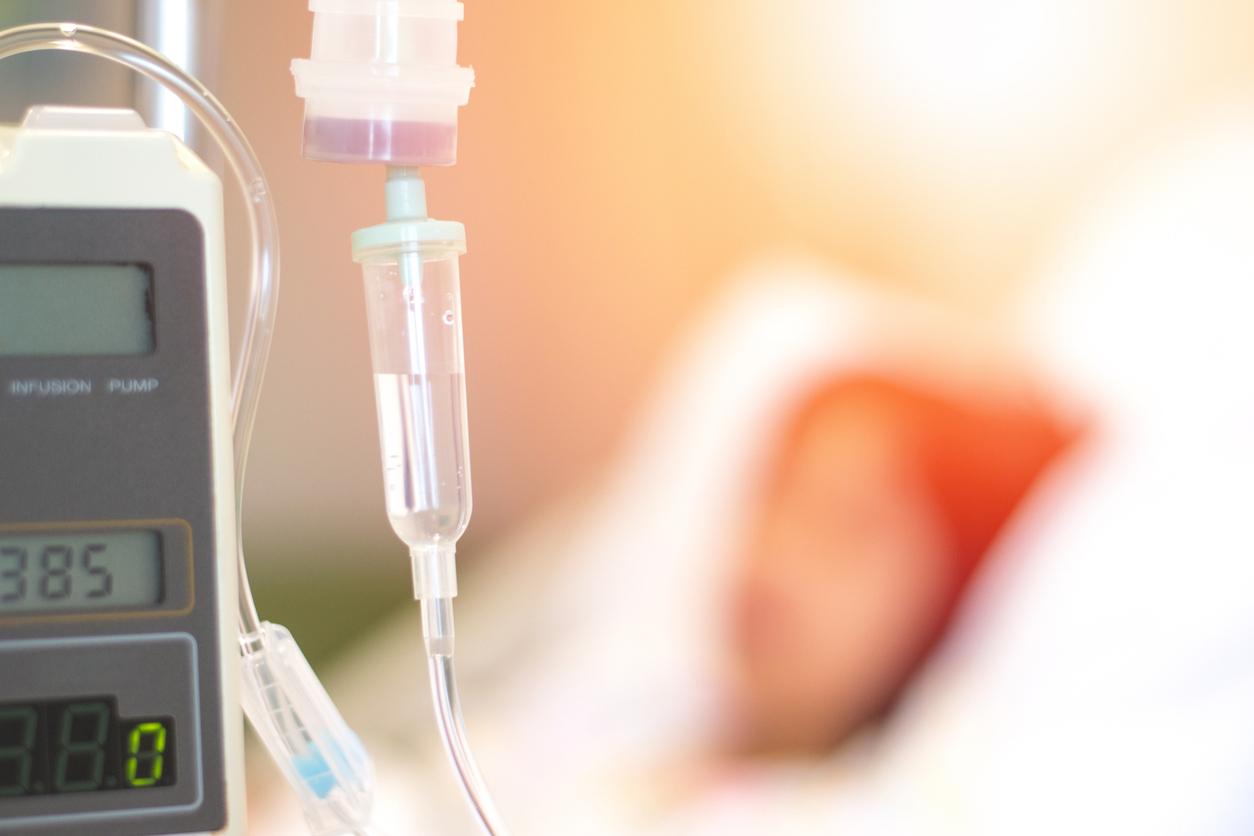In Corsica, a young child contracted purpura fulminans. This infection, caused by meningococcus bacteria, is a pediatric emergency.

- In Corsica, a young child was hospitalized after contracting purpura fulminans.
- This serious illness is considered a pediatric emergency.
- Contact cases received antibiotic treatment to reduce their risk of serious illness and limit the possibility of an epidemic.
A case of purpura fulminans has been recorded in Corsica-du-Sud. “A young child was admitted to the Ajaccio hospital center today for purpura fulminans, suggesting an invasive meningococcal infection, announces the ARS of Corsica in a communicated published Friday April 19. His state of health, considered worrying, required a transfer by medical plane to Marseille in the afternoon.”
Meningitis: what is meningococcal purpura fulminans?
According to Journal of pediatrics and childcareit is one of the “biggest emergencies in pediatrics”. It’s septic shock.”associated with extensive purpura complicating meningococcal septicemia”. “This complication reveals the spread of the bacteria responsible for meningitis throughout the body, specifies the Vidal. Purpura fulminans is most often encountered during meningococcal infection. Visually, it can be spotted by the red – purple spots it leaves on the skin. Other symptoms may appear including severe headache, fever, sensitivity to light or even neck stiffness, aches or fatigue.
Purpura fulminans in Corsica: 60 contact cases identified
To reduce the risk of spreading the bacteria, health authorities have put in place preventive measures. “The ARS carried out epidemiological investigations making it possible to identify and preventively treat contact persons at risk in the family, medical and nursery spheres.indicates the press release. Sixty contacts, including 31 children, have been identified and have received or will receive antibiotic treatment by tomorrow at the latest to prevent the occurrence of any new cases..” Treatment makes it possible to prevent serious forms, to cut the chains of transmission and to reduce the risk of an epidemic. The people concerned are those who have had close contact (less than one meter face to face) and prolonged ( more than an hour) with the sick person in the last 10 days.People close to at-risk contacts are not contacts and therefore do not require treatment.warns the ARS of Corsica.

Meningococcal purpura fulminans: prevention through vaccination
According to the Journal of Pediatrics and Childcare, fewer than a hundred cases are recorded each year in France. “The germ most often involved is meningococcus, mainly groups B and C., estimates the document. However, there are vaccines against these two meninogococci: the one against C has been compulsory since 2018 and the one against B has been recommended since April 2022.In France, around 500 to 600 people per year are affected by serious meningococcal infection.warnsPastor Institute. If, during the Covid period, the number of meningococcal contaminations fell, a significant “post-Covid” rebound was observed in 2022-2023 (421 cases between January and September 2023).”
















